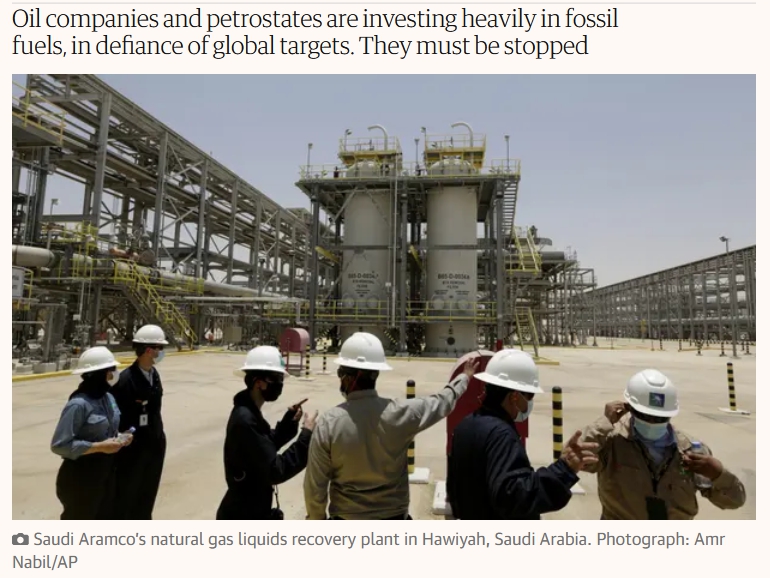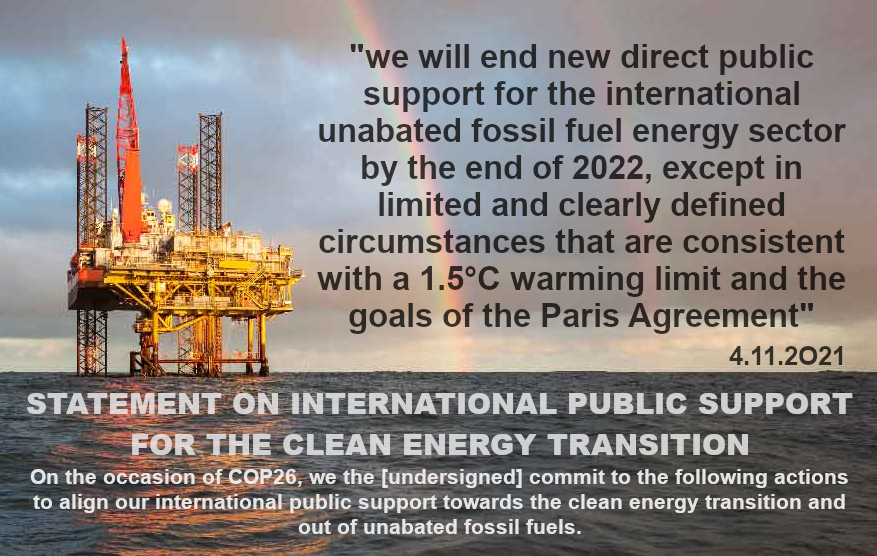WATCH: Impacts of Industrial Renewables in Queensland
December 4, 2023
Image Source: The Transition to Extinction
Steven Nowakowski from Rainforest Reserves Australia demonstrates here how Queensland is destroying its last remnant forests to meet Net Zero. Steven also explains why Net Zero can never be achieved with just wind and solar.








































